What is it ?
New topographics is a term created by William Jenkins in 1975 to refer to a collection of American photographers, including Robert Adams and Lewis Baltz. Their work shared a common, ordinary style, characterized by formal, predominantly black and white images of urban environments.
Key features
Their photos captured the constructed surroundings, suburban expansion, industrial buildings, and the ordinary details of everyday life occurring in the American landscape after World War II, all presented with a sense of objectivity and a nearly scientific distance.
What was the new topographics a reaction to ?
The striking, well-printed images of this ordinary yet strangely captivating landscape served as both a mirror of the growing suburban environment surrounding them and a response to the oppressive nature of idealized landscape photography that glorified the natural world and its basic elements.
Robert Adams
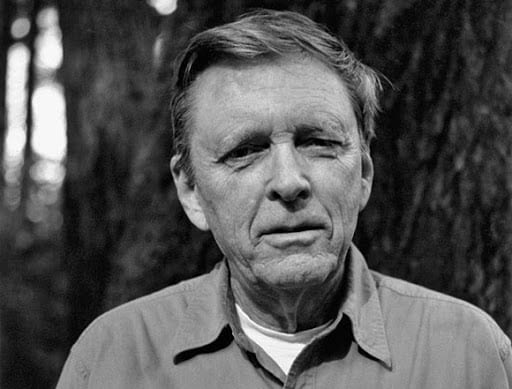
Robert Adams, born in 1937, is a renowned American photographer known for capturing the evolving scenery of the American West. He gained recognition in the mid-1970s with his book “The New West,” published in 1974, and by being part of the 1975 exhibition “New Topographics: Photographs of a Man-Altered Landscape.” Throughout his career, he has been honoured with two Guggenheim Fellowships, a MacArthur Fellowship, the Deutsche Börse Photography Prize, and the Hasselblad Award.
His photos



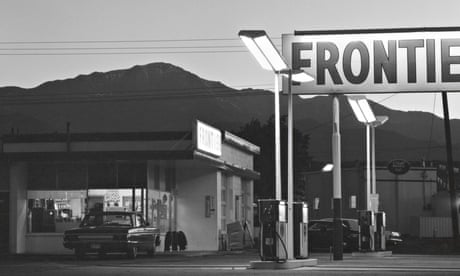
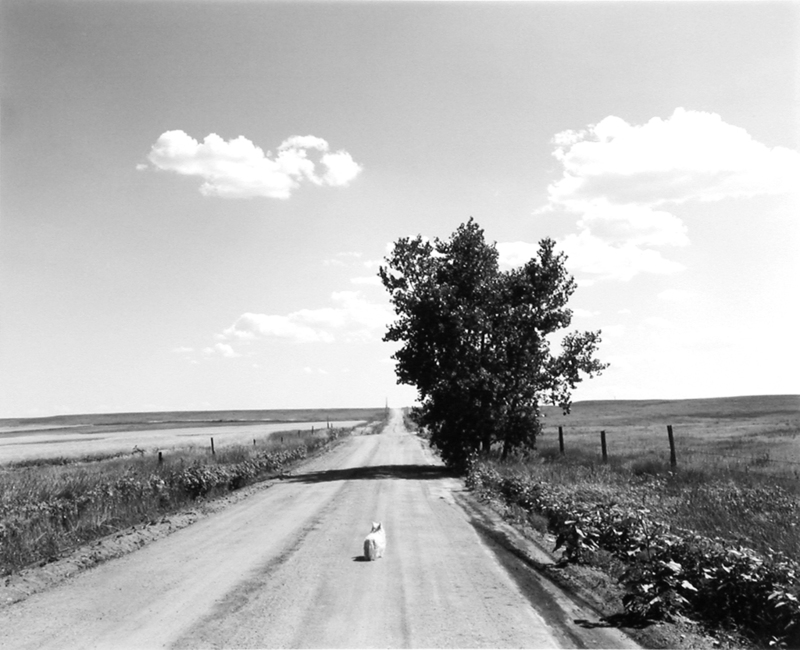


Photo Analysis

Technical – The image depicts a gas station located at the border, likely taken during the evening or night since the main source of light comes from the artificial lamps that can be seen. The details in the foreground are sharp and well-defined, suggesting that a high aperture setting and a deep depth of field were utilized. Additionally, there is very little visual noise, indicating that the ISO was kept low, probably around 100.
Visual – The image is entirely in black and white, which enhances its somber mood, as the gas station seems to dominate the landscape. There’s a strong contrast between light and dark, with the gas station in the front featuring lighter shades, while the mountains in the back remain shadowy and unlit. The way the station is positioned adds a sense of depth and three-dimensionality, contributing to the overall dramatic effect.
Contextual/Conceptual – Adams was a member of The New Topographics, a movement that examined how human-made structures impact natural environments. This is evident in the image, where the gas station draws attention away from the distant mountains, highlighting the tension between artificial and natural landscapes.
Examples in Jersey
Recycling plant in St Helier
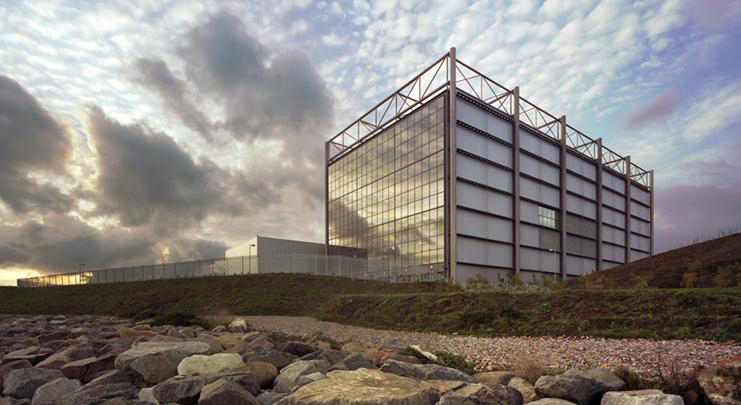
Car parks

Piers

Stephen Shore
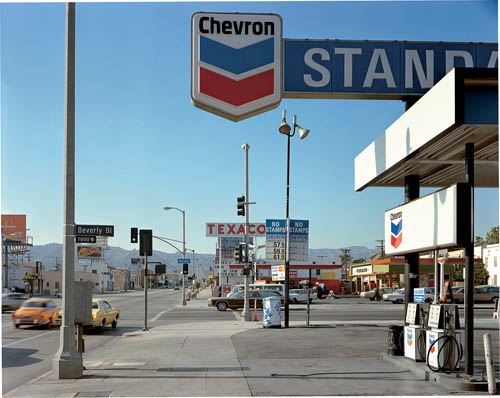
CASE STUDY: Stephen Shore, Beverly Boulevard and La Brea Avenue, Los Angeles, California, June 21, 1975, chromogenic colour print
Analysis and discussion… starting points and key features of The New Topographics
- Foreground vs background | Dominant features
- Composition | low horizon line | Square format
- Perspective and detail / cluttering
- Wide depth of field | Large Format Camera
- Colour | impact and relevance
- Nationalism vs mobility vs isolation
- Social commentary | The American Dream ?
- An appreciation of the formal elements : line, shape, form, texture, pattern, tone etc
Technical – The lighting in this image is natural harsh but warm light, most likely a late morning or middle of day light. This type of lighting causes hard edged shadows. A large format camera with a high aperture was used to take this photo, this is how all the small details where captured within the image.
Visual – This image mostly follows the rule of thirds with a lot of horizontal and vertical lines, the horizon is in the bottom third of the image, this causes the image to seem somewhat compressed. The leading lines in the image all point towards the mountains and back to nature.
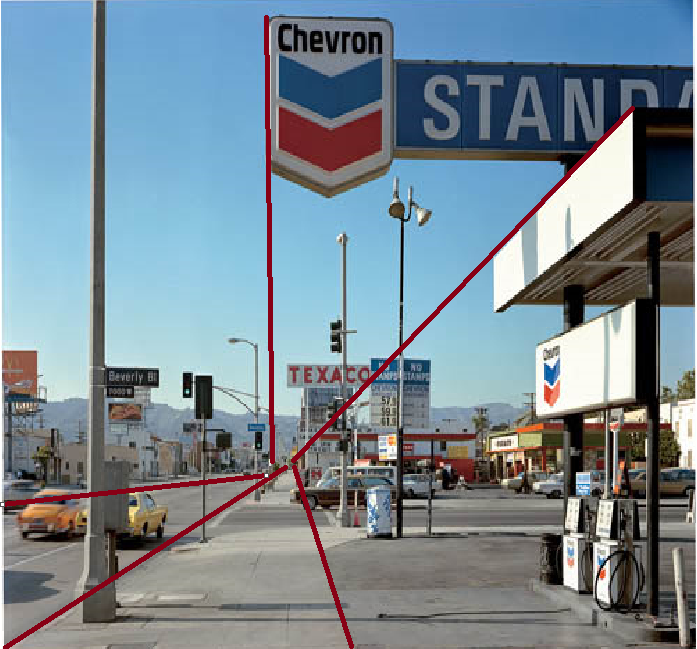
Contextual/ Conceptual – The images focal point draws the viewer towards the mountains in the background, it hints at freedom and how you can get in your car and drive anywhere, however it comes at a cost of the environment. Furthermore the red, white and and blue colours hint at the American flag.
Photoshoot plan
Where: I will go to town to take my photos as this is where I think the strongest photos will come from.
When: I am going to go around 3-4 pm as there is still plenty of light for me to take my photos
What: I will take photos of buildings and other architectural features, I will also like to find some run down buildings as I think this will be a bonus
My Photoshoot

Selection Process

My best photos




I chose these photos as they stood out the most amongst the other photos, they also follow The New Topographic style closely.
Basic editing












Black and white




By changing my images into black and white it allows me to closer relate them to The New Topographic style of photography
Further editing





















Composition experiments




My final composition

Art steps

Evaluation
I believe my photos turned out really well. They stick to the original artist’s style to some degree, but I also added my own twist to the project and made some changes.
